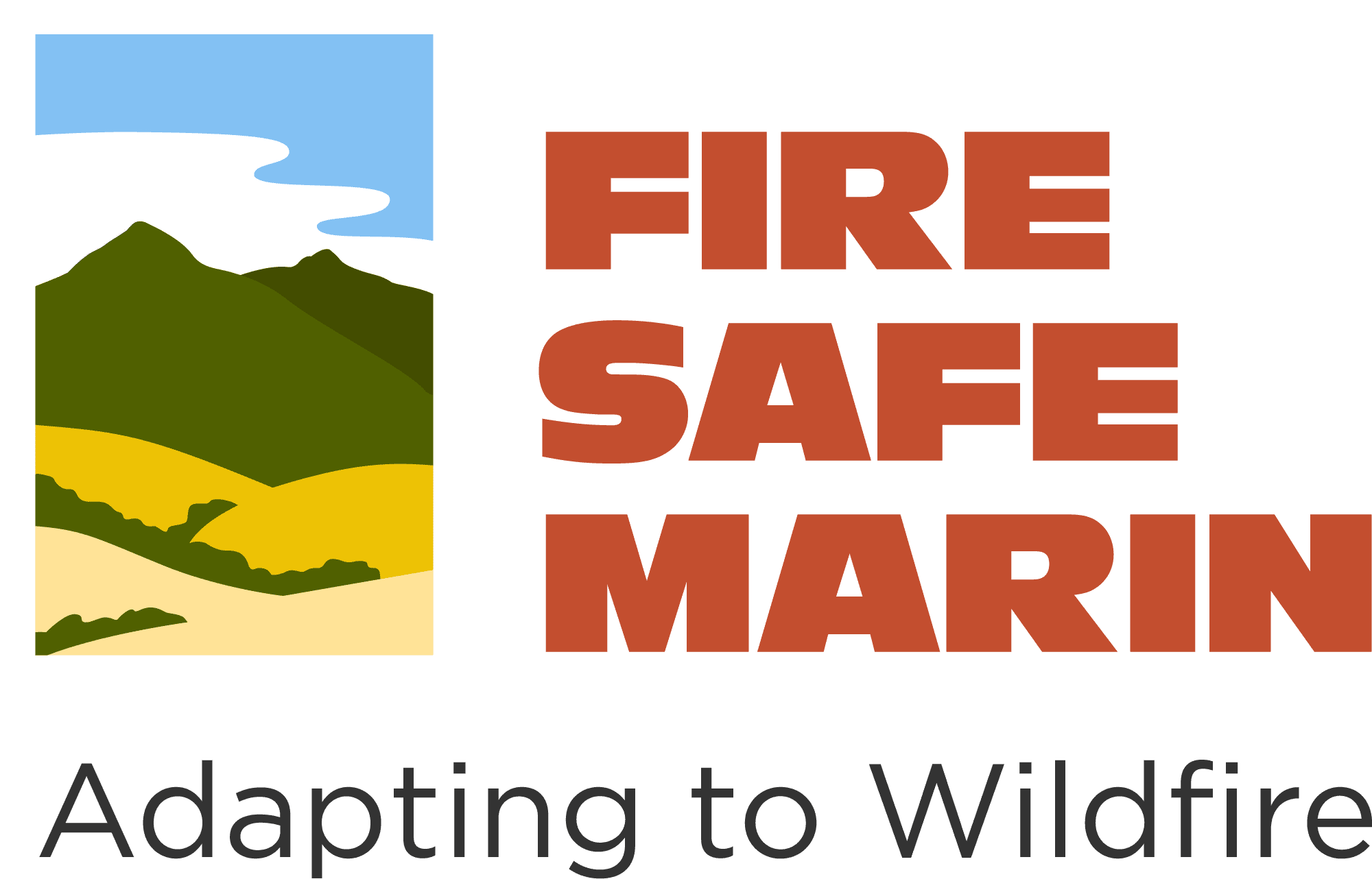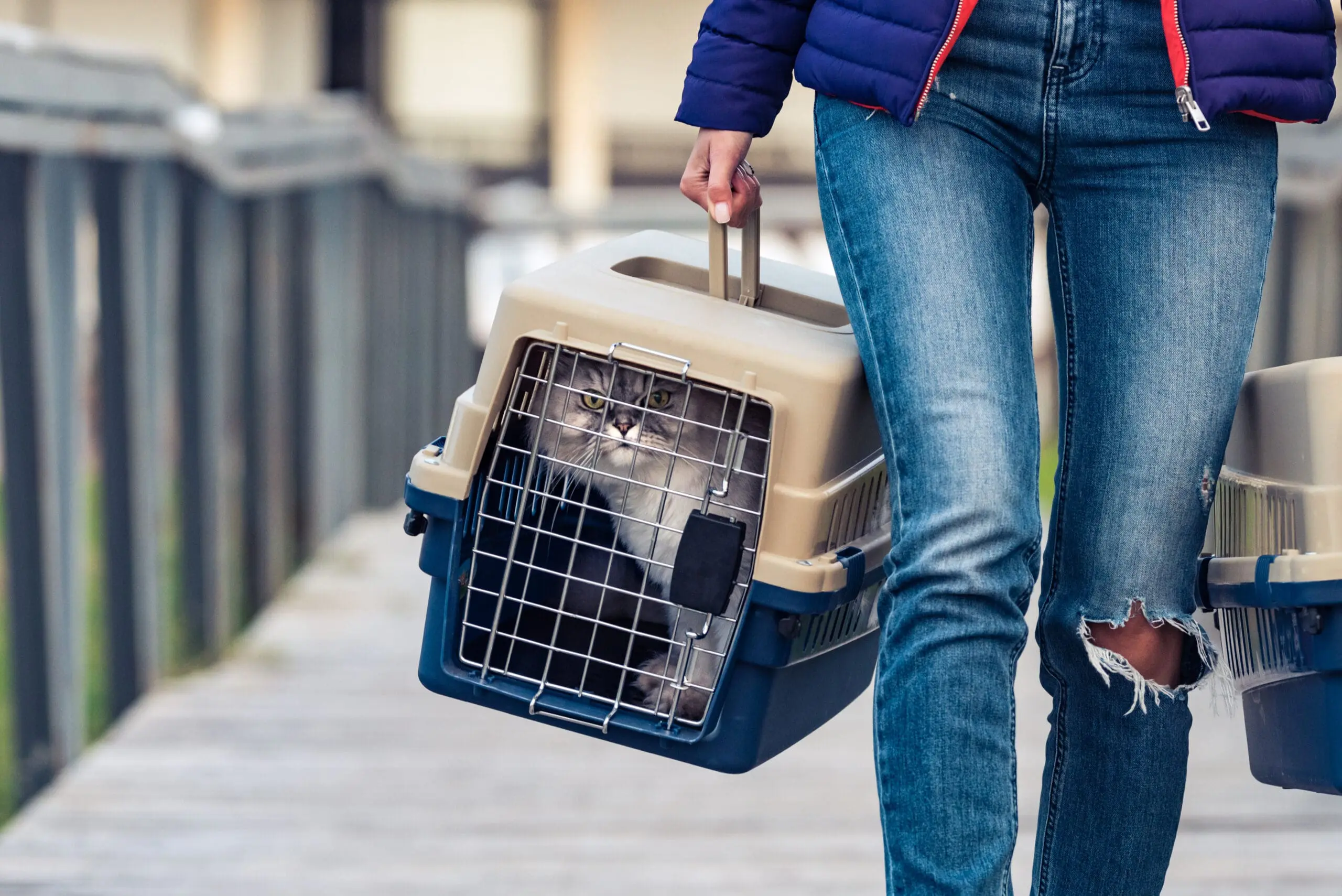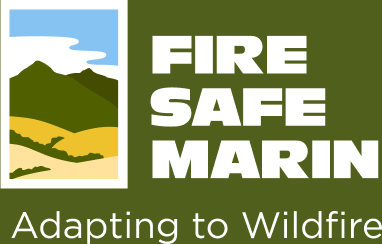IN THE EVENT OF AN EMERGENCY THIS SITE IS NOT MONITORED. FOR CURRENT INFORMATION GO TO HTTPS://EMERGENCY.MARINCOUNTY.GOV.
Pets & Large Animals
Build a Pet Evacuation Kit
You play an important role in helping your pets stay safe in a wildfire. Make sure they’re included in your family’s evacuation plan and build each pet their own pet evacuation kit. It doesn’t take a lot of time to build one, and it can usually be done using things you already have at home. For example, when you buy a new leash, collar, or bed, add the old item to your pet’s emergency kit; and, instead of disposing of old towels and blankets, wash them and put some in your pet’s evacuation kit.
Included on the checklist are many types of paperwork and photos that should be included in your kit. Another good way to easily store the information is to scan the recommended documents and photos and store them on a flash drive inside the kit. Consider giving an additional flash drive to a friend or relative that lives in a neighboring community; that way if you don’t have time to pack your pet evacuation kit, you’ll have another option to retrieve the information.
This checklist will help you customize an evacuation kit for the pets in your family and ensure they’re ready to go if you need to evacuate during a wildfire. When building the kit, remember it needs to be a size and weight that can be easily loaded into a vehicle when evacuating quickly.
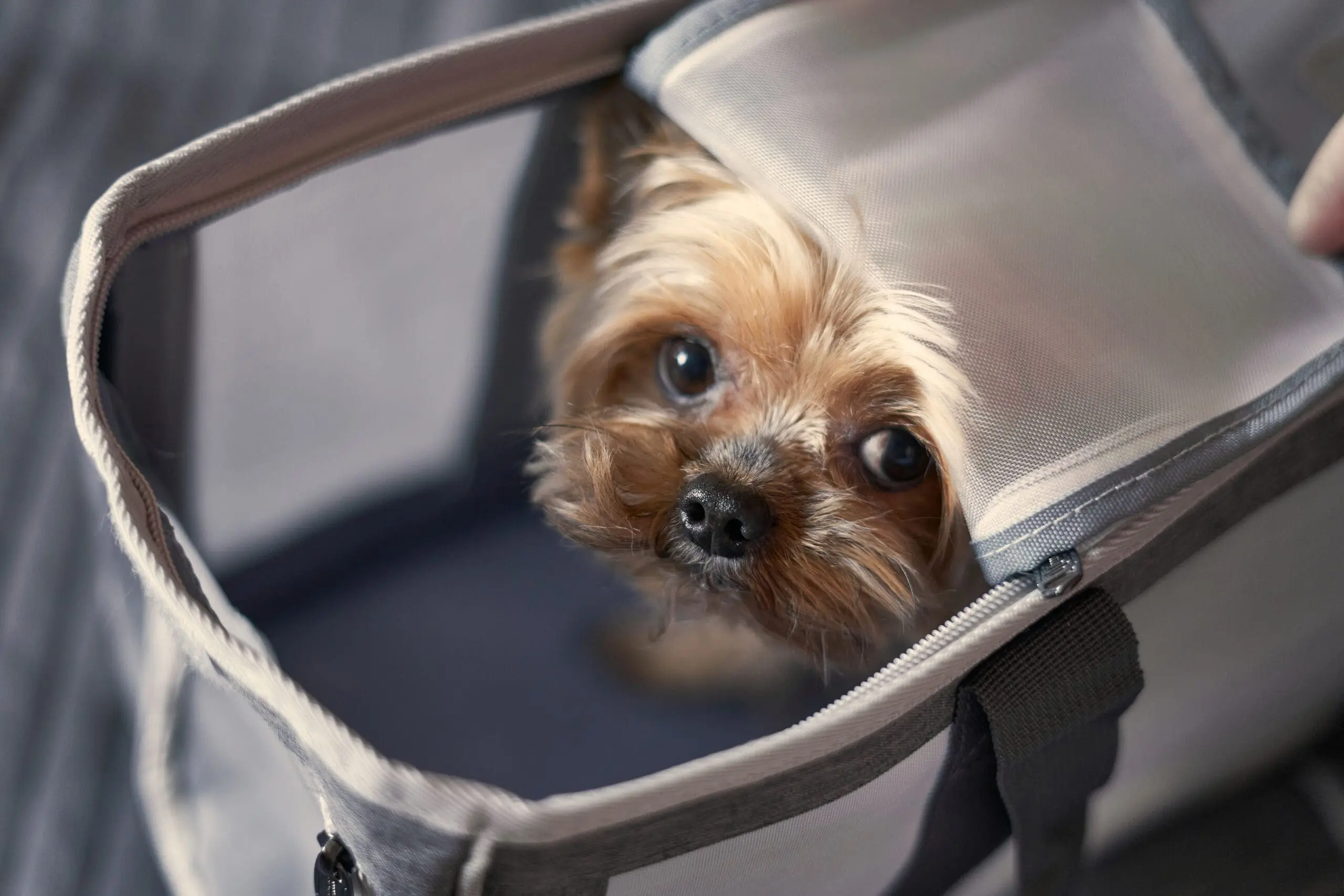
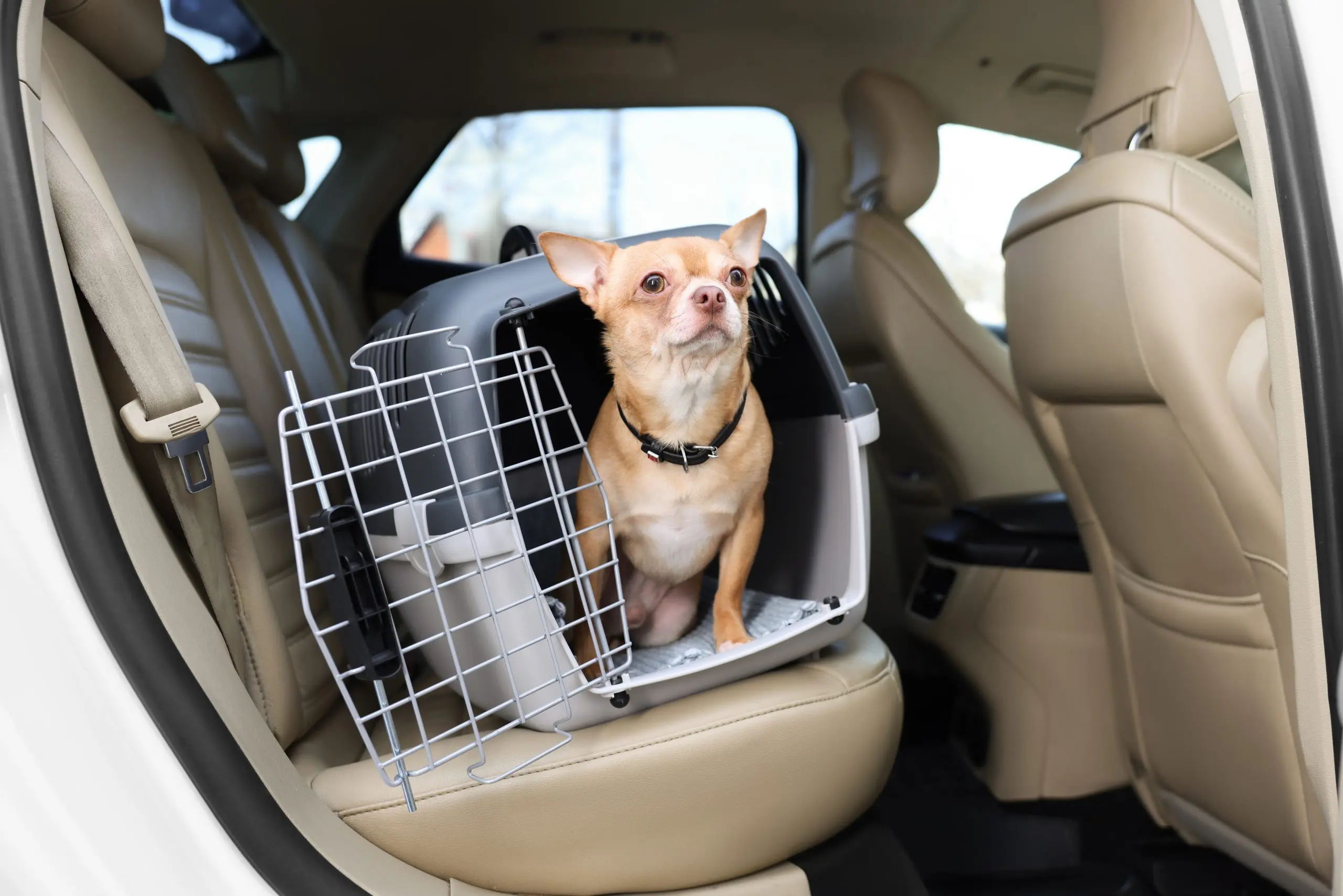
Evacuation Tips
Just as humans prepare, it’s important to have household pets and horses ready year-round for a potential wildfire evacuation. However, preparing animals for an evacuation requires an extra level of planning, preparedness, and practice.
- Bring pets inside at the early signs of a wildfire–that way if an evacuation notice is issued they’ll be close, and you won’t have to spend time searching for them outdoors.
- If the fire is nearby and evacuation is expected, place them in carriers near the front door, with food and water.
- If possible, take pets with you when evacuating; they could encounter problems when left on their own, and you could have difficulty locating them when you return.
- Don’t ever delay leaving home during a fire to find pets; your personal safety could depend on a quick exit!
What to Expect for Your Pets When You’ve Been Evacuated
Many human evacuation centers cannot accept pets due to health and safety regulations. Often, only service animals are permitted in an evacuation center. If your family will be staying at a public shelter during an evacuation, it’s important to know animals may not be allowed to stay with you. Sometimes there are exceptions–the Marin Center Evacuation Shelter accepted pets and livestock during the 2017 evacuations from the fires in Sonoma and Napa counties.
In some communities, evacuation shelters are located close to where pets are kept, but that’s not always the case. If they’re housed closely, you may have an opportunity to care for them yourself. If your animals are at the shelter, they’ll be happier and more comfortable if you have the items listed on the Marin Humane Pet Disaster Plan .

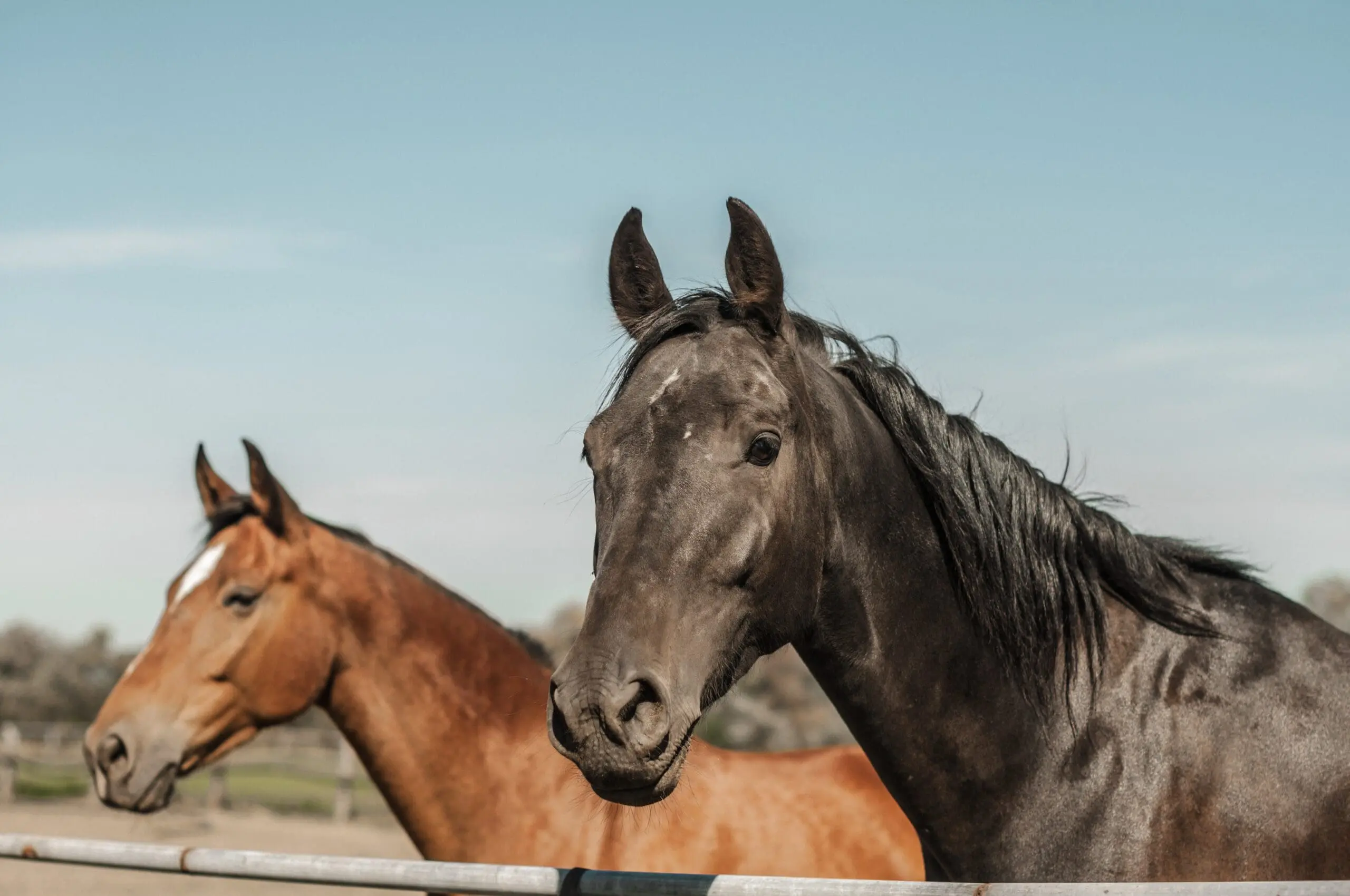
Evacuating Large Animals
For those of you with large animals, The Halter Project webpage has many excellent resources and tips for large animal owners. The Marin Humane Society is another excellent resource.
Preparing horses for a wildfire evacuation requires an extra level of planning, preparedness, and practice. Building an evacuation kit for each horse and having a plan for them that’s been practiced increases the potential your horse(s) will be able to leave when you do. If the wildfire’s proximity does not permit the time needed to load horses, it’s best to turn them loose and not leave them confined in a barn or pasture. Close the doors and gates so they can’t re-enter the area.
Practice Your Evacuation Route
Practicing your evacuation route using your horse trailer ensures it’s compatible with the road’s width and grade on each potential exit route from your home. A stuck trailer could prevent others from using the same path to safely evacuate. It’s important to know any limitations before leaving your property during a wildfire. Always take into consideration that large animals take extra time to evacuate. If you don’t have trailer space for all your horses, have a plan that includes neighbors, friends, or relatives that have trailers and can help; or identify an animal emergency response team, or for hire service that will assist with short notice.
Being familiar with what to expect in a wildfire evacuation, knowing how and when to leave, and building an evacuation kit for each horse will expedite leaving safely when fires happen.


If You Can’t Evacuate with the Horse
If you’re unable to evacuate with the horse, but have some time to spare, using one of the methods below may help animal rescuers reunite you quicker with the horse
- Use a livestock crayon to write your name, phone number, and address on the horse
- With clippers, shave your phone number into the horse’s coat
- Braid a temporary ID tag with pre-written contact info into the horse’s mane
- Attach a neck band
Store Important Documents Digitally
One way to easily store important information you may need for your horses is to scan the recommended documents and photos on the checklist and keep them on a flash drive that’s permanently stored inside the evacuation kit. Consider having two identical flash drives and give one to a friend or relative that lives in a neighboring community; that will help provide the information you need if there wasn’t time to grab your kit when the public alert was received.
WATCH THIS WEBINAR WHERE REPRESENTATIVES FROM THE MARIN HUMANE SOCIETY AND HALTER PROJECT DISCUSS EVACUATION OF BOTH LARGE AND SMALL PETS
